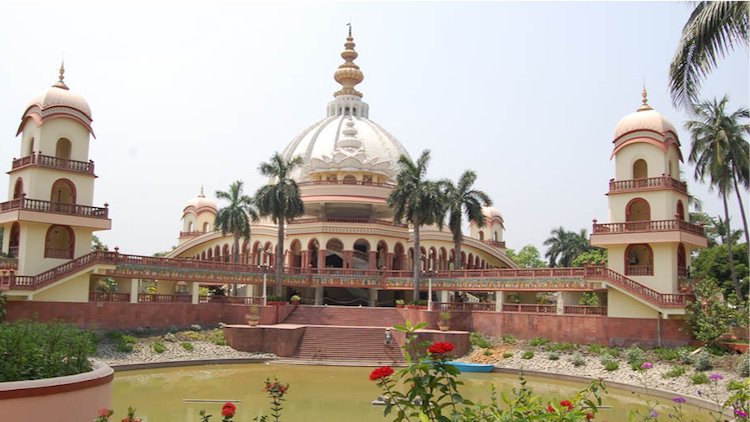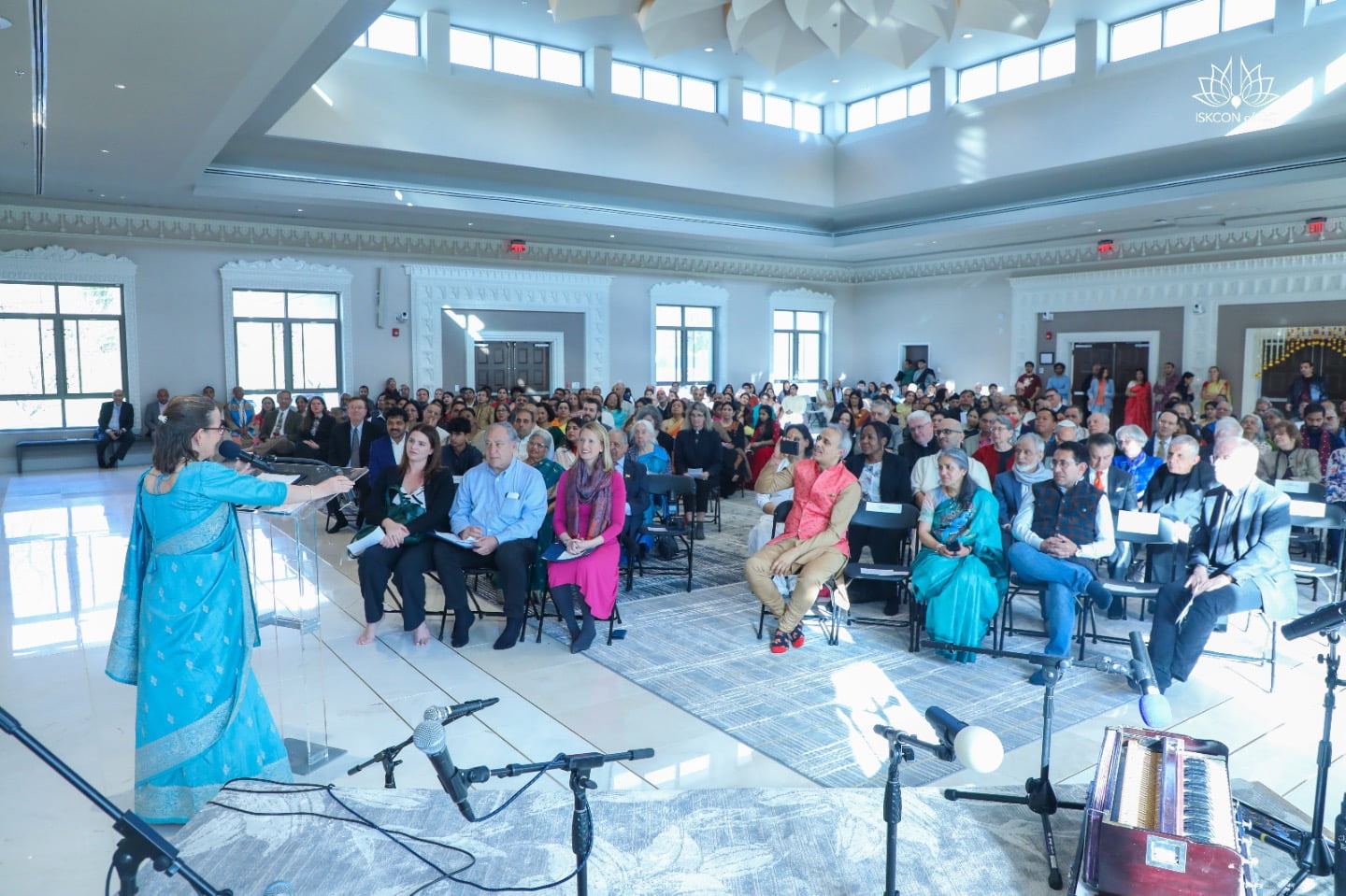Day One of the Sanga of ISKCON GBCs, Gurus and Sannyasis
By Indulekha Sakhi Dasi | Feb 13, 2017

It is 10.00 am in a conference room in Mayapur. A group of senior ISKCON leaders comprised of GBCs, sannyasis and gurus wait expectantly in anticipation of the morning’s proceedings. They are here for the third sanga, held here every second year to, amongst other aims, strengthen camaraderie in ISKCON leadership.
After a thoughtful prayer by Sesa Das (the GBC chairman), Gopal Bhatta Das (chairperson of the GBC strategic planning team) initiates the event with a short presentation. Today the discussion revolves mainly around the first four generations of leadership in spiritual movements.
Most religious organizations fail to survive past four generations. These generations are tasked with challenge of preserving the original teachings of their founder. How each generation successfully navigates issues that arise provide the foundation for the next generation. To illustrate, Srila Prabhupada as the Founder Acharya of ISKCON, is the first generation. His disciples are ISKCON’S second generation. The third generation are the disciples of Srila Prabhupada’s disciples. Lastly the fourth generation are the disciples of the disciples of Prabhupada’s disciples. The way to understand Srila Prabhupada’s intention is to understand his instructions in context. With each successive generation intention, then context and instruction become more blurred and the purity is compromised.
In the first group session the participants of the sanga were divided into groups and asked to brainstorm the following questions:
“What challenges are we facing at present due to the lack of clarity on the intent or context of Srila Prabhupadas instructions?”
“What challenges come from a lack of knowledge of Srila Prabhupada’s instructions?”
“What consequences will the third generation have to face if these issues are not addressed before Srila Prabhupada’s senior disciples leave this world?”
Working together in their respective groups participants deliberated and noted their discussions. These notes will be studied further during the next few days of the sanga.
In the afternoon session the groups were asked, “If you could ask Srila Prabhupada just one question what will that question be?”
Some of the interesting questions put forward by the respective groups were:
“What is the most important thing to do to make ISKCON a success?”
“What is the role of the diksha guru in ISKCON?”
“What is the best way to strengthen ISKCON?”
“When you said don’t change anything, what exactly did you mean?”
Then the participants were asked to develop a process to answer these questions, in the physical absence of Srila Prabhupada.
Feedback from the participants on the way the sanga is progressing is promising.
Kalakantha dasa, an initiating guru in ISKCON based in Florida, USA said, “I found it sobering talking about the perils that face ISKCON in the transition of leadership and what needs to be done to prepare for that. It’s very grave and challenging to the senior devotees to come up with good solutions.” He found the session stimulating in the way it challenged everyone to think in different ways.
Malati dasi, a member of the GBC said, ”Interacting with devotees that you do not normally interact with having this exchange and hearing their voices has been good…there is sanga developing.”
Mahatma das, an initiating guru based in Mayapur, India said: “The sanga is addressing the issues that many of us are thinking about but don’t have a medium to express or deal with. As pointed out, Prabhupada want us all to come together to discuss and solve such problems.”
In a letter to Candanacarya Dasa (March 12, 1970), Srila Prabhupada states, “Now we are growing, and if we work cooperatively, our strength will also grow, and then the mission will not be checked in its progress.”
And so here, at this sanga, Srila Prabhupada’s disciples and grand disciples are assembling to do exactly that.












